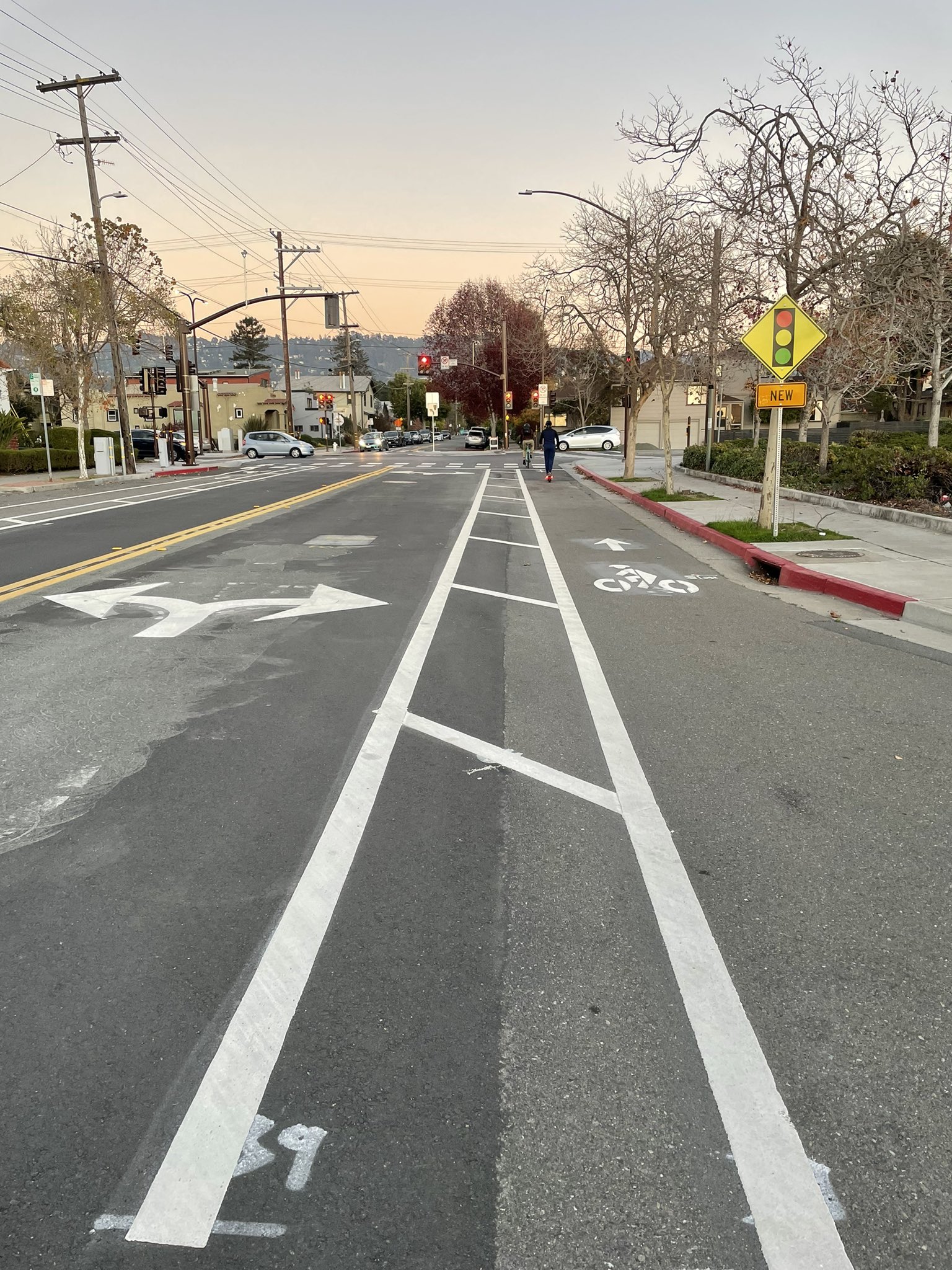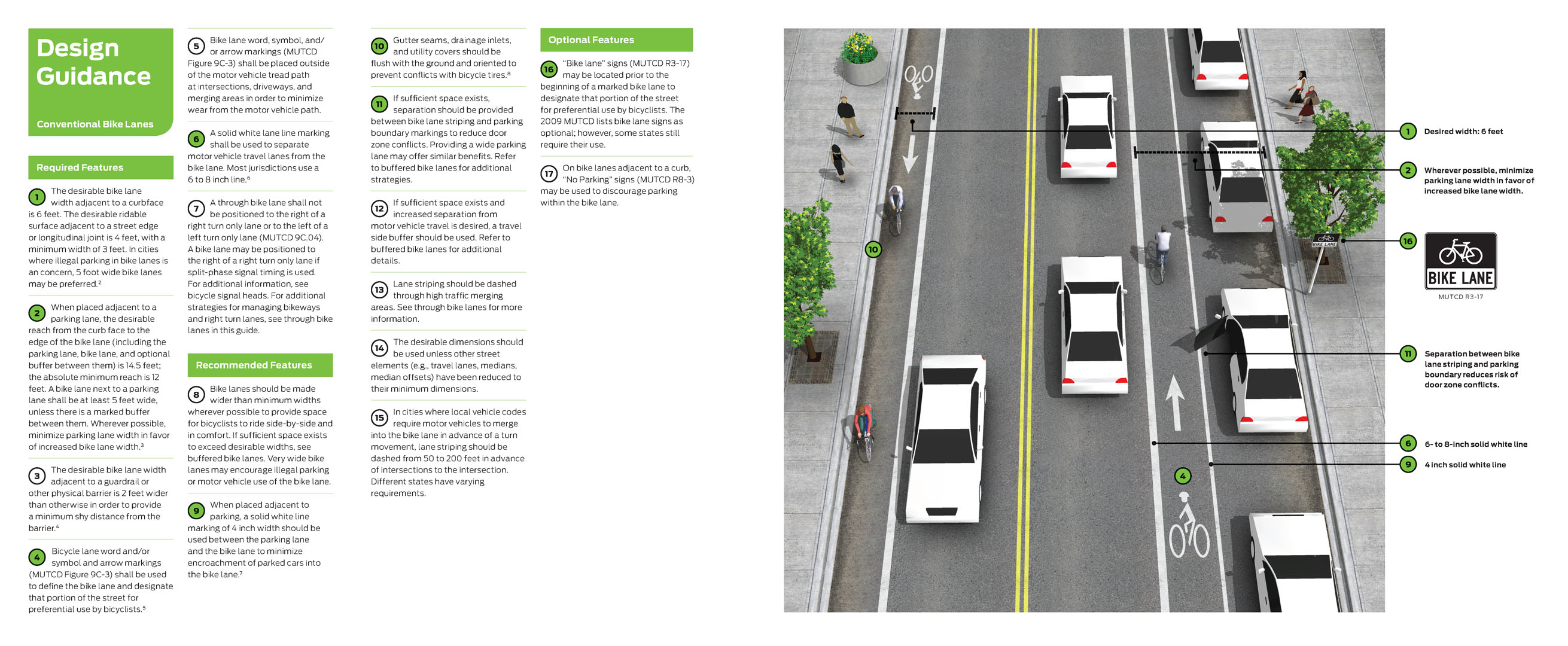Roads & PavementRoads & Pavement
Barefoot
Minimal
Low
Medium
High
Maximal
All around running shoes offer comfort and cushioning for daily runs, jogs, walks, and long mileage. They offer enough versatility for both faster and slower runs and are a great option for those who want one running shoe to do it all.
Fast run or uptempo running shoes are lightweight and responsive. They offer streamlined designs that have minimal uppers and offer a high level of energy return. These shoes are a great option for faster runs in the week or those looking for a livelier experience.
Max Cushion shoes offer premium cushioning with ample ground protection and a stable ride. These types of shoes provide abundant impact protection that softens landings while running at any pace or distance. These types of shoes are best for slower recovery runs and easy days where comfort takes priority.
Racing shoes are designed with optimal performance in mind. These types of shoes have snug-fitting uppers, energetic midsole foams, and features implemented for maximum efficiency. These types of shoes are best for runners looking to gain the ultimate advantage in races but may sacrifice some durability and comfort.
Gym Workout shoes offer a stable and versatile ride. They have a firmer underfoot feeling that provides stability for lateral movements with comfortable uppers. These types of shoes are best for trips to the gyms, cross training, casual wear, and light running. Robert Prinz on X
Road running shoes feature smooth outsoles that are designed for running on paved surfaces such as roads, sidewalks, and bike paths.
Designed to handle most trail runs, these shoes prioritize comfort and a smooth ride. These shoes are great for anything from smooth singletrack, park trails, and fireroads making them ideal for those who run from their doorstep on streets before hitting the trail.
These shoes are best used for hard, rugged trails such as shale, granite or sandstone where grip on smooth surfaces and underfoot protection are important.
Designed for use in muddy, soggy conditions, these shoes feature very aggressive outsoles that dig deep into soft ground for exceptional traction.
These shoes feature technical outsoles designed to grip snowy and icy trails making them ideal for winter trail running.
Cushioning level, or stack height, refers to how much shoe is between your foot and the ground. For this category, we reference the amount of cushioning below the forefoot as the heel height will be equal to or greater than the forefoot height.
Bikeway Classification
0-13mm. The Shoe generally does not have a midsole and feels like there is no cushioning. This shoe is all about feeling the ground underfoot.
14-18mm. The shoe has a thin midsole that allows for a natural running experience. Racing shoes and minimalist shoes are common here. These shoes offer a feeling of being connected to the road or trail.
19-23mm. The shoe has a slightly cushioned feel and may feature added cushioning technologies. Performance training shoes and some trail shoes are common here. These offer protection during footstrike but prioritize a lightweight, grounded experience.
24-28mm. These shoes have a stack height that fall near the middle of the spectrum.The shoes in this category are verstaile and great for all types of runs and distances.
29-34mm. The shoe has a thick midsole and ample cushioning. These shoes are highly protective and absorb more impact than the body.
35mm plus. The shoe has an extremely thick midsole and extra cushioning. The focus is on protection and soft foam underfoot with hardly any ground feel.
Neutral shoes support the foot through a normal range of arch collapse and generally do not have a built-in technology to correct movement.
Stability shoes are a great option for those who overpronate or need added support. These shoes help to limit the inward rolling motion of the ankle while running or walking and assist in guiding the foot straight through the gait cycle. Olive Avenue Class II Bike Lanes City of Novato CA
Product Details:
Friends of Mount Vernon Trail endorses E. Abingdon Drive Bike Lane 2025, On Street Bike Facilities Bike Lane Class II 2025, Class 1 Class 2 and Class 3 e bikes Which eBike Class Fits You 2025, Appendix F. Design Guidelines 2025, Conventional Bike Lanes National Association of City 2025, Biking City of Palm Springs 2025, Olive Avenue Class II Bike Lanes City of Novato CA 2025, Bikeway Classification 2025, Robert Prinz on X 2025, FRESNO CLOVIS METROPOLITAN AREA CLASS IV BIKEWAY FEASIBILITY STUDY 2025, eBike Classifications and Laws San Diego County Bicycle Coalition 2025, California bikeway classifications Wikipedia 2025, Class III Bike Routes News List El Segundo 2025, Class IV Bikeways from California Bicycle Coalition 2025, Bike Facilities Toolkit SFMTA 2025, Two Way Bike Lane NYC Street Design Manual 2025, Lanes and Routes City of San Diego Official Website 2025, Separated Bike Lanes Filling the Gaps in Design Guidance Crossroads 2025, Bicycle Master Plan Resources 2025, Can sharrows be used alongside class 2 bike lanes 2025, Class II Bicycle Lane Download Scientific Diagram 2025, Bikeway Classification 2025, Which is Safest A quick guide to Bike Boulevards Trails and Bike 2025, Two Way Bike Lane NYC Street Design Manual 2025, Bicycle Facilities Burlingame ePlan 2025, Design Information Bulletin 89 01 Class IV Bikeway Guidance 2025, BICYCLE MASTER PLAN 2025, Buffered Bike Lanes National Association of City Transportation 2025, 6 On Road Bicycle Facilities Ohio Department of Transportation 2025, Bikeway Design Silicon Valley Bicycle Coalition 2025, Bikeway Action Plan 2025, Bike lane Wikipedia 2025, Bikeway Classification 2025, New Separated Bike Lanes Debut on Costa Del Sol Way 2025, L.A. City Bikeway Implementation Decreased in Fiscal Year 2021 22 2025, Bikeway Design Silicon Valley Bicycle Coalition 2025, Active Transportation San Joaquin Council of Governments CA 2025, Bike Route Classifications from Types of Bike Routes 2025, Bike lane classification. B. Ferguson J. Wattimena 2021 data 2025, What are the different bikeway facility types North Fremont 2025, Bicycle Facilities 2025, Can sharrows be used alongside class 2 bike lanes 2025, Bikeway Facilities Richmond CA Official Website 2025, Which is Safest A quick guide to Bike Boulevards Trails and Bike 2025, Class II Bicycle Lane Download Scientific Diagram 2025, Bike Facilities Toolkit SFMTA 2025, Bike Lanes 2025, What are the different bikeway facility types North Fremont 2025, Bikeway Design Silicon Valley Bicycle Coalition 2025, Which is Safest A quick guide to Bike Boulevards Trails and Bike 2025, Product Info:
Class 2 bike lane 2025.
- Increased inherent stability
- Smooth transitions
- All day comfort
Model Number: SKU#7361990

